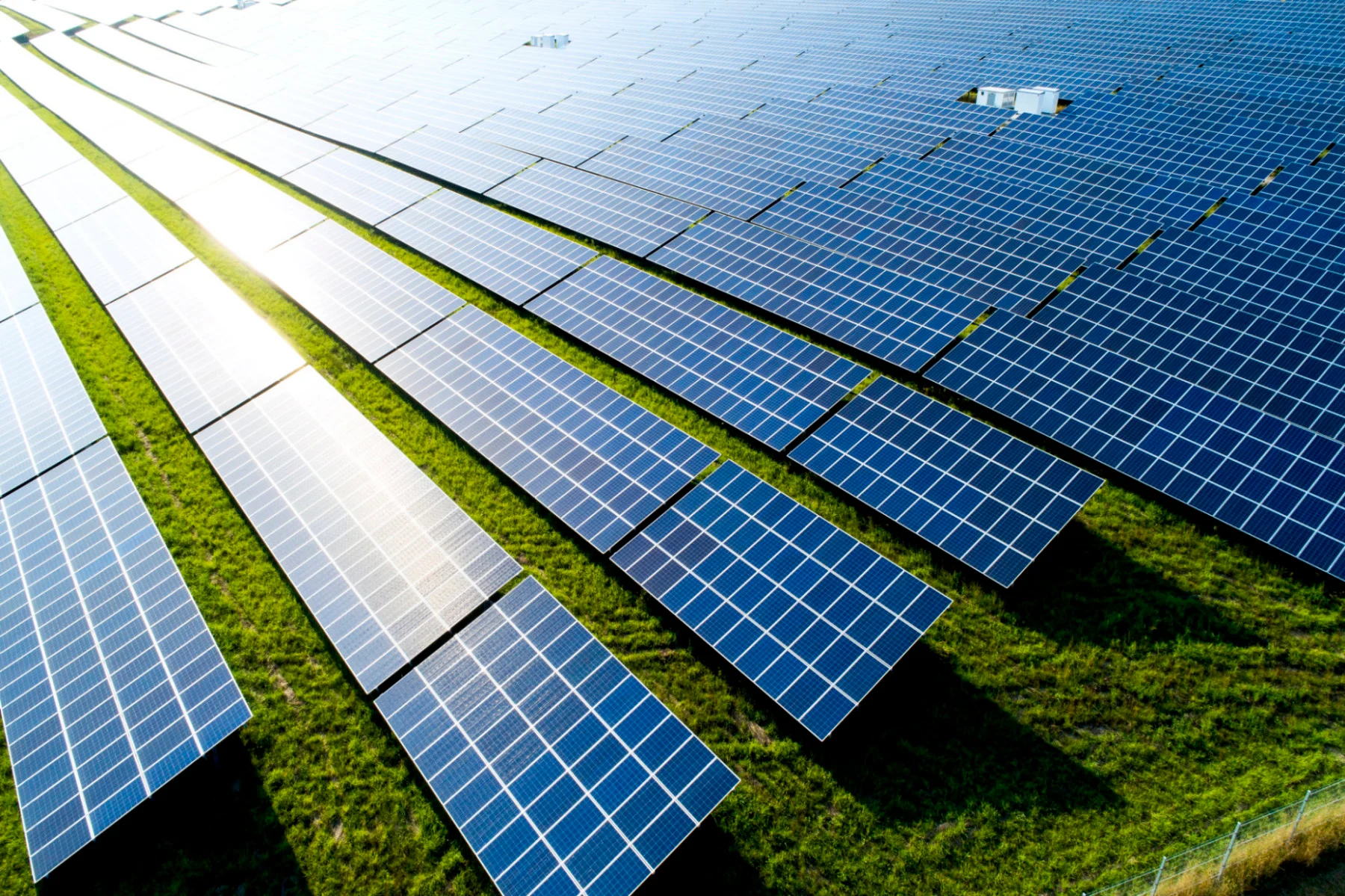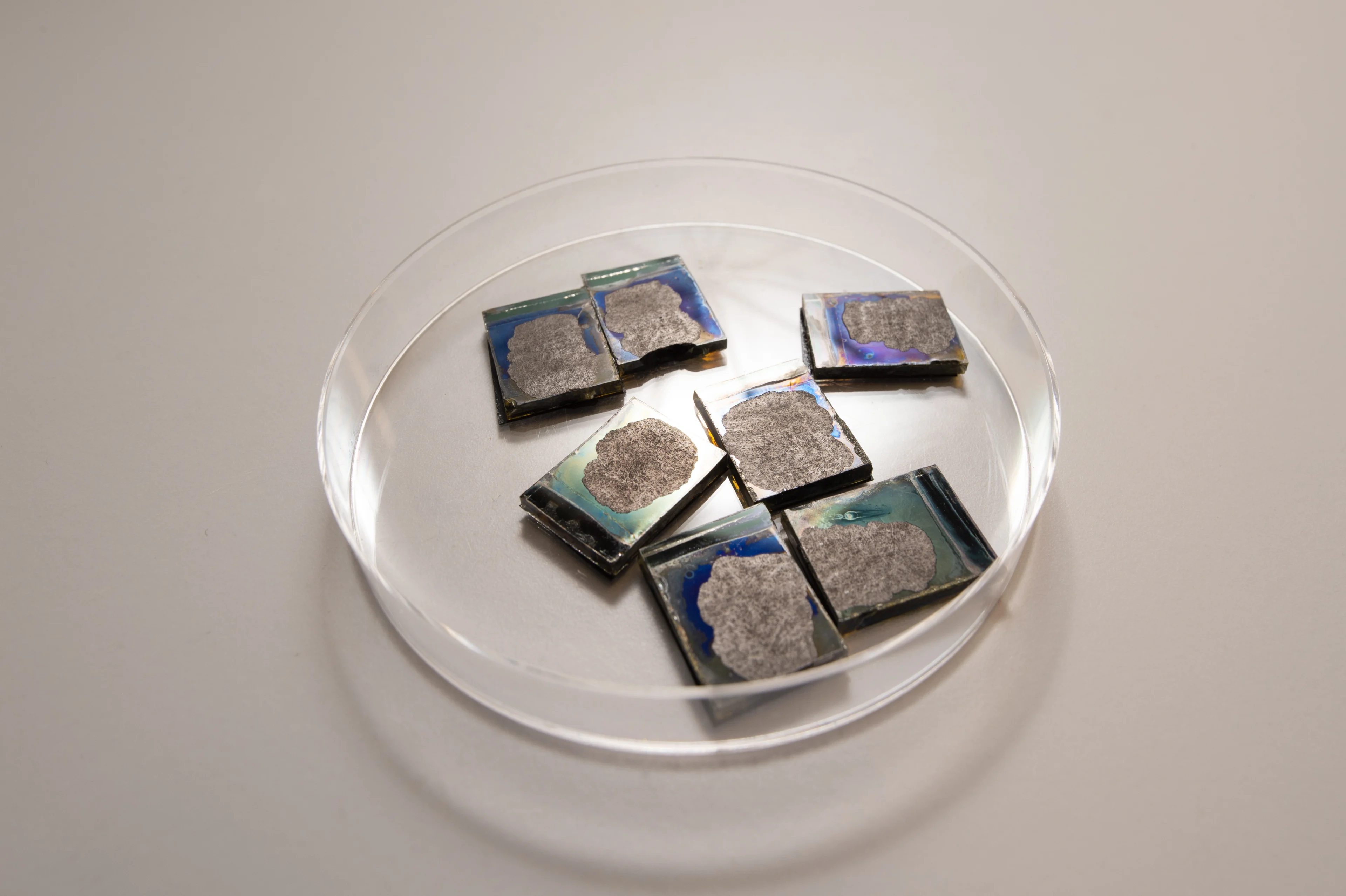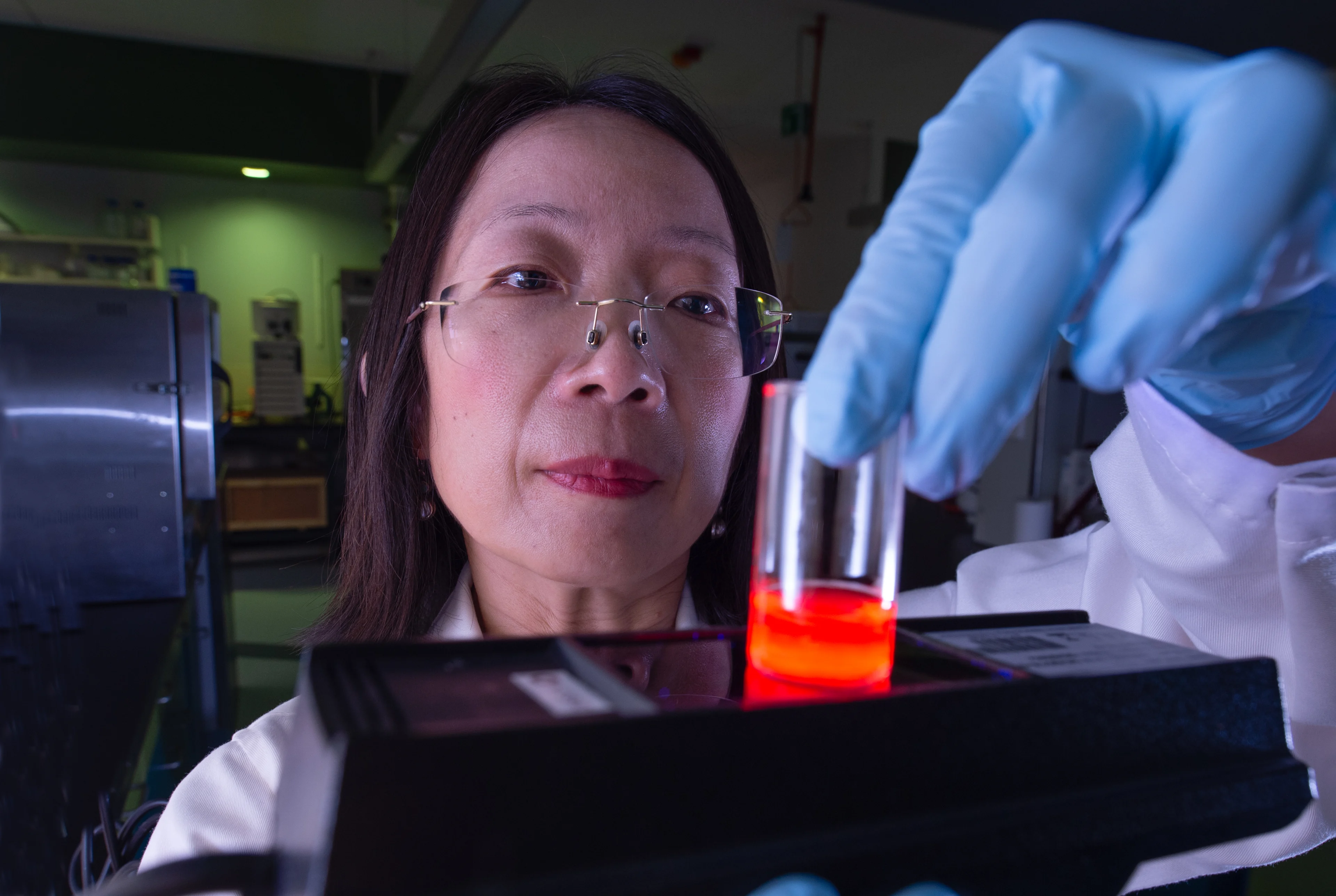
Scientists use human hair to improve solar technology, here's how
Researchers from Queensland University of Technology say that carbon nanodots, created from human hair, help create an “armour” that improves the performance and stability of perovskite solar cells.
The use of solar energy is booming worldwide and the International Energy Agency’s World Energy Outlook 2020 reported that solar is now “the cheapest electricity in history.” However, the cost and stability of solar panels remain areas where there is room for continued improvement.
A study published in Journal of Materials Chemistry A says that perovskite solar cells are being eyed as “a relatively new photovoltaic (PV) technology” that are considered to be “the best PV candidate to deliver low-cost, highly efficient solar electricity in coming years.” The research and scientific techniques that are used to manufacture perovskites solar cells are highly complex, but the process does feature one material we are all familiar with: human hair.
Scraps of hair were sourced from a Brisbane barbershop and then broken down into carbon nanodots, a material that conducts energy and is considered to be an eco-friendly alternative to semiconductive quantum dots that are built with toxic heavy metals. Waste from traditional solar panels includes lead and arsenic, which can become hazardous to the environment and human health at certain levels.

Materials that are used to make the perovskite solar cells. Credit: Queensland University of Technology
Hongxia Wang, a professor at Queensland University of Technology and one of the lead authors of the study, has been researching how advanced solar cells can become more cost-effective and solve global energy issues for approximately 20 years. Scientists have previously observed that nanostructured carbon materials can improve a cell’s performance, so Wang and the team of researchers applied the carbon dots to the perovskite solar cells “out of curiosity,” the university’s press release says.
To convert the hair scraps into carbon nanodots, the researchers broke down the hairs and heated them to 240°C. The carbon nanodots were added to one of the early stages of the perovskite cells as they were being developed, which created a “protective layer, a kind of armour,” Wang stated.
“It protects the perovskite material from moisture or other environmental factors, which can cause damage to the materials.”
In addition to protective benefits, the researchers found that the carbon nanodots improved the power conversion efficiency and improved the perovskite solar cells’ stability. Compared to traditional solar panel cells that are made with silicon, perovskite cells create a more flexible material. The researchers say that they could one day be used in solar-powered clothing, smart devices, backpacks that can charge devices, and tents that could generate their own power.

Professor Hongxia Wang working with carbon nanodots made from human hair. Credit: Queensland University of Technology
The university’s press release states that Wang is particularly interested in researching the potential role that perovskite cells could have in powering spacecraft. Four solar arrays power the International Space Station, but the weight of these panels required a significant amount of energy to transport them away from the Earth’s surface.
Perovskite materials are much lighter than traditional solar panels but are currently not able to withstand the extreme radiation and drastic temperatures in outer space, which can range from -185°C to 150°C. The researchers say that understanding how perovskite cells behave in extreme environments will provide knowledge that can be used to expand solar energy on Earth.
Wang estimates that developing perovskite materials that can withstand the extremes of outer space is roughly 10 years away, but the press release states she is “quite optimistic given how much this technology has improved so far.”
Thumbnail credit: Westend61. Getty Images







